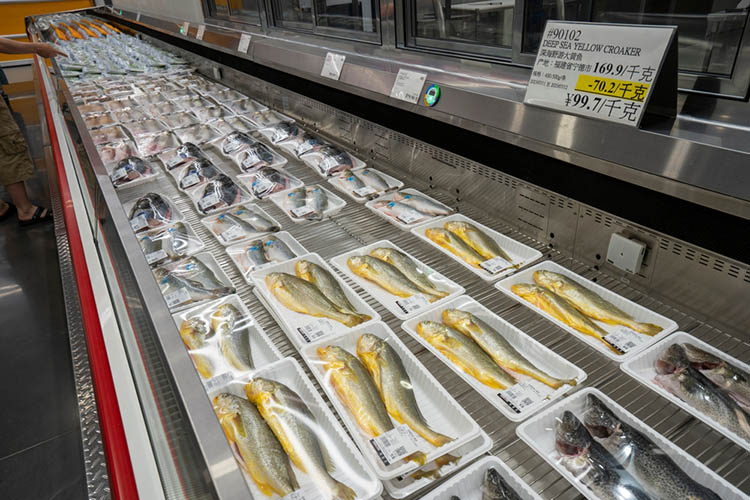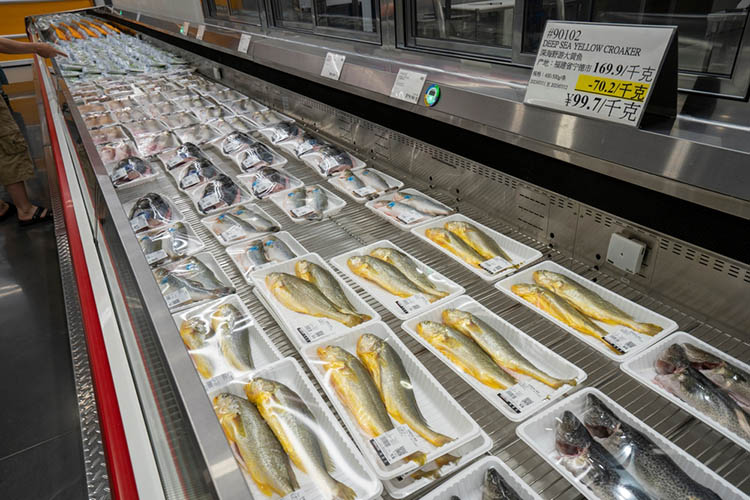Temperature fluctuations found to harm fish quality in cold chain logistics

New research shows how temperature inconsistencies can degrade fish freshness, highlighting the need for improved seafood quality monitoring.


A recent study has revealed how temperature fluctuations during cold chain logistics can significantly impact the quality of seafood, particularly large yellow croaker (Pseudosciaena crocea), a valuable and highly nutritious fish.
Conducted by researchers from Zhejiang Gongshang University, the study shows that inconsistent temperatures lead to the breakdown of fish quality, posing challenges for both producers and consumers.
The research, published in Food Science of Animal Products, explored the effects of varying temperatures on large yellow croaker, a species widely farmed in mariculture. Despite its high nutritional value, yellow croaker is highly perishable, making its storage and transport particularly difficult. Temperature control during transport is crucial to maintain its freshness, yet this research shows how even minor fluctuations can trigger spoilage.
Through a carefully designed cold chain simulation model, the research team tested temperature variations from 4°C to 16°C, replicating real-world conditions.
Study findings
The study’s findings are stark: higher temperature fluctuations not only increased the total viable counts (TVC), indicating microbial growth, but also raised the levels of chemical indicators like total volatile basic nitrogen (TVB-N) and thiobarbituric acid reactive substances (TBARS). These are clear signs that the fish is beginning to spoil.
Additionally, the research identified 81 different volatile compounds, including aldehydes and ketones, which varied significantly with temperature changes. Of particular interest were 2-pentanone and ethyl acetate, which emerged as promising indicators of quality deterioration. These compounds could serve as valuable markers for seafood producers and distributors, enabling them to better monitor quality throughout the cold chain.
Lead author Dr. Yanbo Wang emphasised the importance of these findings, stating, “Our study clearly demonstrates how temperature fluctuations can dramatically affect seafood quality, reinforcing the need for stringent cold chain management. Identifying specific volatile compounds as markers of spoilage provides a new tool for monitoring seafood freshness throughout the supply chain. These insights are critical for producers and distributors to minimize quality loss during transport and ensure food safety. By advancing our understanding of temperature effects on seafood, we can drive improvements across the entire cold chain logistics system.”
This research offers a scientific basis for improving cold chain management in the seafood industry, helping producers enhance preservation methods by reducing temperature fluctuations. These improvements could potentially boost the nutritional and sensory quality of seafood while reducing food waste.
The study’s findings may also shape future regulations on cold chain logistics, encouraging stricter temperature control to ensure fish reaches consumers in optimal condition, marking a significant step towards delivering safer, fresher seafood from ocean to table.
Source: newfoodmagazine.com

